Xiaomi wants to boost sales in India from retail stores after years of betting big on e-commerce.
Muralikrishnan B, President of Xiaomi India, said the company will look to revive smartphone sales from the retail market, after falling behind South Korean rival Samsung.
“Xiaomi’s market share in the offline retail market is significantly lower than the online market,” Xiaomi India President said in a recent interview. “The offline retail market is where other competitors of Xiaomi are doing well and have a larger market share.”
E-commerce sales in India through Amazon and Walmart's Flipkart have surged in recent years, helping Xiaomi and other brands expand in one of the world's fastest-growing markets, with 600 million smartphone users.
With 44% of India's smartphone sales happening online, the traditional retail segment remains a bigger playing field and Xiaomi expects the market to grow further.
However, according to data from Counterpoint Research, only 34% of Xiaomi’s sales in India this year came from physical stores. The rest of the sales were made through online platforms, which have long been the company’s main revenue generator. By contrast, Samsung recorded 57% of its revenue from physical stores.
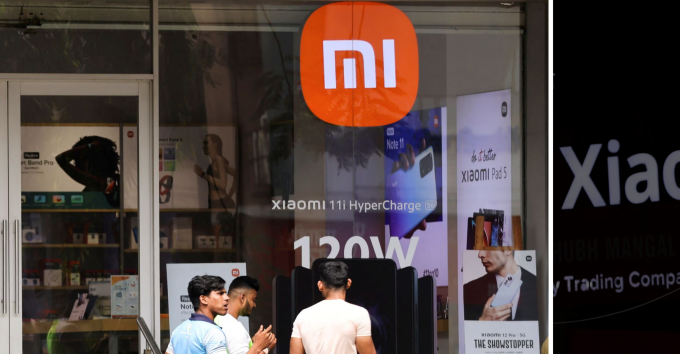
Outside a Xiaomi store in Mumbai, India on May 11, 2022. Photo: Reuters
Xiaomi plans to expand its store network beyond the current 18,000 and increase cooperation with phone vendors to offer other products, such as Xiaomi TVs or security cameras - a market segment that the company considers less competitive.
According to Xiaomi India President, some partner stores display the orange branding prominently outside, but display rival brands more prominently inside. This is a marketing problem that the company has to address.
Xiaomi’s bet on traditional retail comes months after it lost its top spot to Samsung, which has a thriving portfolio of premium phones. The South Korean giant has a 20% share of the Indian phone market, while Xiaomi — which has traditionally focused on the low-end segment — has 16%.
“Traditional retail remains an important platform as India embraces the premiumization trend,” said Counterpoint analyst Tarun Pathak. “Consumers who spend more want to see and experience premium products in person.”
Xiaomi plans to hire more sales promoters. Muralikrishnan said it aims to triple the number to 12,000 by the end of next year from the start of 2023.
Another major challenge for Xiaomi in India is that a federal agency has frozen $673 million in its bank assets since last year. The agency has accused Xiaomi of illegally transferring money to foreign entities under the guise of royalties. Xiaomi has denied this.
Minh Son ( according to Reuters )
Source link








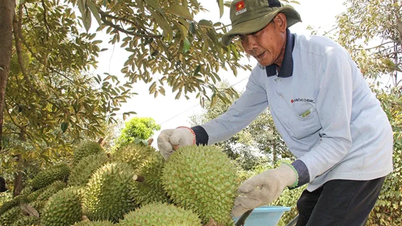

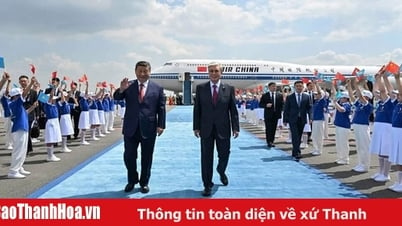





















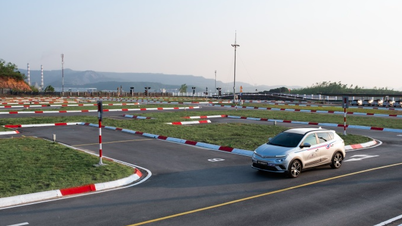








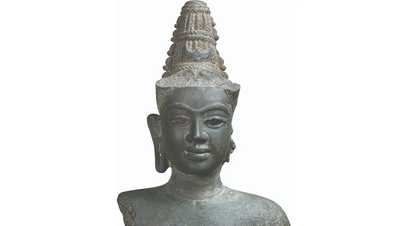
























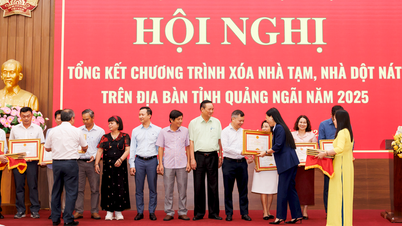












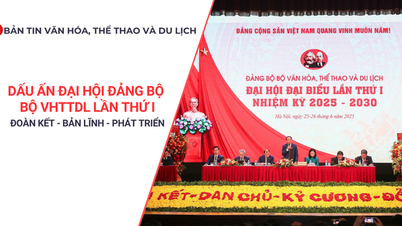













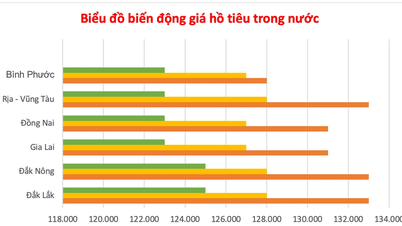








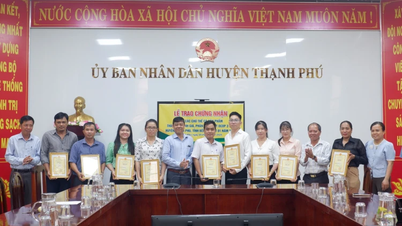








Comment (0)